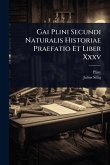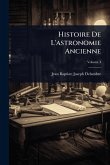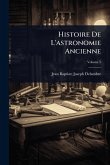Nerium, Sive Rhododaphne Veterum Et Recentiorum by Michael Friedrich Lochner, explores the botany and mythology surrounding the Nerium (oleander) and Rhododaphne plants. Written in Latin, the work delves into the historical significance of these plants, referencing classical mythology, including Nereus and the Nereids, as well as examining related species and substances such as Amyci Laurus and Saccharum. Furthermore, Lochner connects these botanical and mythological elements to various passages in sacred scripture, shedding new light on their interpretation. This detailed study offers a fascinating intersection of natural history, classical lore, and biblical exegesis, providing valuable insights for scholars interested in the history of botany, classical studies, and the cultural significance of plants in ancient literature and religious texts. This work has been selected by scholars as being culturally important, and is part of the knowledge base of civilization as we know it. This work was reproduced from the original artifact, and remains as true to the original work as possible. Therefore, you will see the original copyright references, library stamps (as most of these works have been housed in our most important libraries around the world), and other notations in the work. This work is in the public domain in the United States of America, and possibly other nations. Within the United States, you may freely copy and distribute this work, as no entity (individual or corporate) has a copyright on the body of the work. As a reproduction of a historical artifact, this work may contain missing or blurred pages, poor pictures, errant marks, etc. Scholars believe, and we concur, that this work is important enough to be preserved, reproduced, and made generally available to the public. We appreciate your support of the preservation process, and thank you for being an important part of keeping this knowledge alive and relevant.
Bitte wählen Sie Ihr Anliegen aus.
Rechnungen
Retourenschein anfordern
Bestellstatus
Storno





![The Science of Gems, Jewels, Coins, and Medals, Ancient and Modern. (Appendix. Autobiography of Pistrucci. Translated by Mrs. Billing.) [With Plates.] The Science of Gems, Jewels, Coins, and Medals, Ancient and Modern. (Appendix. Autobiography of Pistrucci. Translated by Mrs. Billing.) [With Plates.]](https://bilder.buecher.de/produkte/75/75104/75104793m.jpg)

![Histoire De L'astronomie Ancienne Et Moderne [ed.] Par V. C. ... 2 Tom Histoire De L'astronomie Ancienne Et Moderne [ed.] Par V. C. ... 2 Tom](https://bilder.buecher.de/produkte/75/75097/75097312m.jpg)
